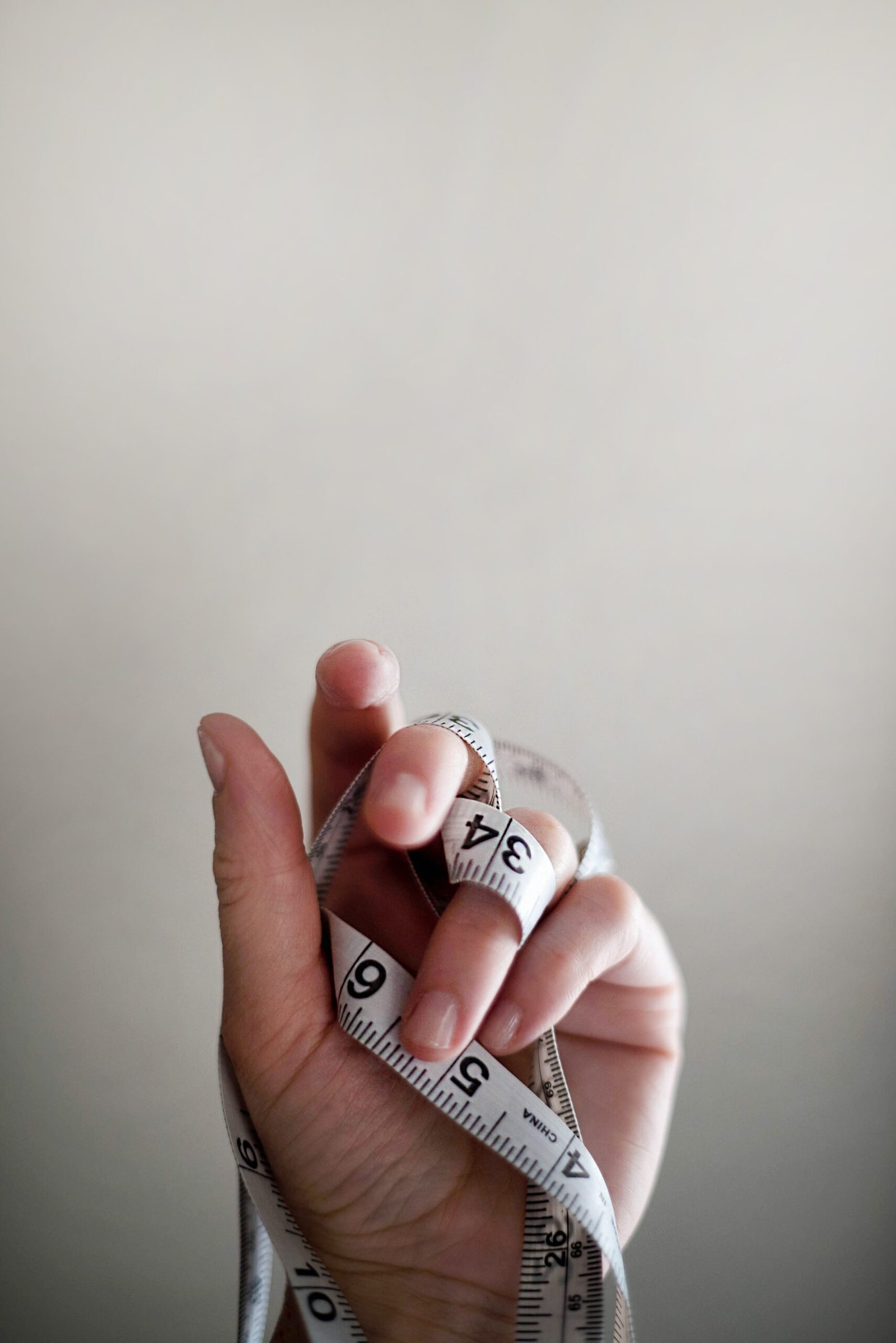So you’ve probably heard of vitamin D and know that it plays an important role in our overall health. But did you know that there is a lesser-known compound called oxalate that can interact with vitamin D in our bodies? In this article, we’ll explore the fascinating relationship between oxalate and vitamin D, and how it can potentially impact our health. From understanding their individual functions to the potential risks and benefits of their interaction, get ready to uncover the intriguing world of oxalate and vitamin D.

This image is property of images.unsplash.com.
Understanding Oxalate
What is Oxalate
Oxalate is a natural compound found in many plant foods and is also produced by the human body. It is classified as an organic acid and can form salts, known as oxalate salts. These salts can combine with calcium, forming calcium oxalate crystals, which can lead to the formation of kidney stones. Oxalate is also known to impact the absorption and utilization of certain nutrients, including vitamin D.
Functions of Oxalate in the Body
While oxalate is primarily known for its role in kidney stone formation, it also serves other functions in the body. Oxalate helps to regulate the balance of calcium in the body by binding to excess calcium and removing it through urine. Additionally, oxalate plays a role in the metabolism of certain amino acids and may have antioxidant properties. However, high levels of oxalate can lead to negative health effects, particularly for individuals prone to kidney stone formation.
Sources of Oxalate in the Diet
Oxalate is naturally present in many plant foods, including leafy greens, berries, nuts, and seeds. Dark green vegetables like spinach, Swiss chard, and beet greens are particularly high in oxalate. Other sources include rhubarb, chocolate, tea, and certain grains like buckwheat. It’s important to note that cooking can reduce the oxalate content of some foods, but it may not eliminate it entirely.
Impact of Oxalate on Vitamin D Absorption
How Oxalate Affects Vitamin D Absorption
Oxalate has been found to interfere with the absorption of vitamin D in the body. Vitamin D is a fat-soluble vitamin that plays a crucial role in bone health and immune function. When oxalate binds with calcium in the intestines, it forms insoluble crystals that can prevent the absorption of both calcium and vitamin D. This can lead to deficiencies in these nutrients and may have long-term implications for bone health.
The Role of Oxalate in Calcium Absorption
Calcium is necessary for the absorption and utilization of vitamin D, as well as maintaining healthy bones and teeth. However, when oxalate binds with calcium, it reduces the amount of free calcium available for absorption. This can result in reduced calcium absorption, potentially leading to calcium deficiency and related health problems. It’s important to find a balance between oxalate intake and calcium absorption to ensure optimal bone health.
Oxalate’s Effect on Vitamin D Receptors
Vitamin D acts on specific receptors in the body to exert its effects. However, high levels of oxalate have been found to interfere with the function of these vitamin D receptors. This can impair the body’s ability to properly utilize vitamin D, even if levels of the vitamin are within normal range. The exact mechanisms through which oxalate affects vitamin D receptors are still being studied, but it highlights the complex relationship between oxalate and vitamin D metabolism.

This image is property of images.unsplash.com.
Research Studies on Oxalate and Vitamin D
Studies Examining the Relationship between Oxalate and Vitamin D
Numerous studies have explored the interaction between oxalate and vitamin D and their impact on overall health. These studies have investigated the effects of oxalate on vitamin D absorption, calcium metabolism, and the risk of developing conditions like kidney stones. Researchers have conducted both laboratory experiments and clinical trials to understand the mechanisms underlying this relationship and to identify potential interventions.
Results and Findings
Research findings have consistently shown that high levels of oxalate can interfere with the absorption, utilization, and function of vitamin D. This can result in vitamin D deficiencies, which have been associated with an increased risk of various health conditions, including osteoporosis, immune dysfunction, and certain types of cancer. Additionally, high oxalate intake has been linked to an increased risk of developing kidney stones, due to the formation of calcium oxalate crystals in the urinary tract.
Limitations of Current Research
While there is a growing body of research on the relationship between oxalate and vitamin D, there are still limitations to consider. Many studies have been conducted in animal models or in vitro settings, which may not fully reflect human physiology. Additionally, the bioavailability of oxalate and vitamin D in different foods can vary, making it challenging to establish precise dietary recommendations. Further research is needed to better understand the interactions between oxalate, vitamin D, and other nutrients in the human body.
Managing Oxalate Levels for Optimal Vitamin D Health
Low-Oxalate Diet
For individuals with a history of kidney stones or those who need to manage their oxalate levels, following a low-oxalate diet may be recommended. This involves limiting or avoiding foods that are high in oxalate, such as spinach, rhubarb, and chocolate. Instead, individuals can opt for low-oxalate alternatives like kale, broccoli, and cauliflower. It’s important to work closely with a healthcare professional or registered dietitian to create an individualized plan and ensure nutritional needs are met.
Balancing Intake of Oxalate and Vitamin D
Finding the right balance between oxalate intake and vitamin D absorption is key to maintaining optimal nutrition and health. While reducing the consumption of high-oxalate foods can help manage oxalate levels, it’s important to ensure an adequate intake of vitamin D. This can be achieved through a combination of sunlight exposure, fortified foods, and vitamin D supplements as recommended by healthcare professionals. Regular monitoring of oxalate and vitamin D levels can help guide dietary adjustments and supplementation, if necessary.
Supplementation Considerations
Supplementing with vitamin D can be a useful strategy for individuals with low levels of the vitamin or those who struggle to meet their requirements through diet alone. However, it’s important to consider the potential impact of oxalate on vitamin D absorption when choosing a supplement. Some forms of vitamin D, such as vitamin D3, may have better absorption and utilization, even in the presence of oxalate. Consulting with a healthcare professional can help determine the most appropriate supplementation strategy based on individual needs and health conditions.

This image is property of images.unsplash.com.
Health Conditions and Oxalate-Vitamin D Interaction
Kidney Stone Formation
One of the most well-known health conditions associated with oxalate is kidney stone formation. When oxalate levels are high, it can combine with calcium to form calcium oxalate crystals, which can then accumulate in the kidneys and urinary tract. This can lead to the development of kidney stones, which can cause severe pain and complications. Managing oxalate intake, staying hydrated, and following medical advice can help reduce the risk of kidney stone formation.
Hyperoxaluria
Hyperoxaluria is a rare genetic condition characterized by the excessive production of oxalate in the body. This can result in high levels of urinary oxalate, leading to an increased risk of kidney stone formation. Individuals with hyperoxaluria may require specialized medical management, including dietary modifications and medication. Close monitoring of oxalate levels and regular follow-up with healthcare providers are essential for optimal management of this condition.
Malabsorption Issues
Certain medical conditions, such as inflammatory bowel disease or gastrointestinal surgeries, can impair the absorption and utilization of nutrients, including vitamin D and oxalate. Malabsorption issues can lead to deficiencies in these nutrients and increase the risk of complications. Individuals with malabsorption issues may require additional supplementation or specialized dietary interventions to ensure adequate nutrient intake and prevent deficiencies.
Signs and Symptoms of Oxalate and Vitamin D Imbalances
Calcium Deficiency Symptoms
Low calcium levels due to oxalate interference can result in symptoms such as muscle cramps, numbness or tingling in the extremities, weakened bones, and increased risk of fractures. It’s important to recognize the signs of calcium deficiency and discuss them with a healthcare professional for proper diagnosis and management.
Vitamin D Deficiency Symptoms
Vitamin D deficiencies can manifest in various ways, including bone pain, muscle weakness, fatigue, depression, and impaired immune function. It’s important to be aware of these symptoms and seek medical advice if they persist or worsen.
Symptoms of Oxalate-related Problems
For individuals with kidney stones or conditions related to oxalate metabolism, symptoms may include severe abdominal or flank pain, blood in the urine, frequent urination, and urinary tract infections. If experiencing these symptoms, it’s important to seek medical attention promptly.
Testing and Monitoring Oxalate and Vitamin D Levels
Diagnostic Tests for Oxalate and Vitamin D
To assess oxalate and vitamin D levels, healthcare providers may order specific diagnostic tests. These tests may include blood or urine tests to measure oxalate and vitamin D levels, as well as imaging studies like ultrasound or CT scans to evaluate kidney stone formation or other related conditions. Regular monitoring of these levels can help guide dietary modifications or supplementation strategies.
Frequency of Monitoring
The frequency of monitoring oxalate and vitamin D levels may vary depending on individual health conditions, treatment plans, and medical advice. For individuals with a history of kidney stones or other oxalate-related issues, more frequent monitoring may be necessary. Healthcare professionals can provide guidance on the appropriate timing and frequency of testing for optimal management.
Interpreting Test Results
Interpreting oxalate and vitamin D test results requires professional expertise. Healthcare providers can explain the significance of the test results and guide individuals on necessary dietary adjustments or supplemental interventions. It’s important to work closely with healthcare professionals to understand the implications of test results and make informed decisions regarding nutrition and health management.
Nutritional Strategies to Optimize Oxalate and Vitamin D Intake
Maximizing Vitamin D Absorption
To enhance vitamin D absorption, adequate exposure to sunlight is essential. Spending time in the sun, especially during peak hours and with a significant amount of skin exposed, can stimulate the production of vitamin D in the body. However, it’s crucial to strike a balance between sun exposure and protection against harmful UV radiation. Healthcare professionals can provide individualized recommendations based on factors such as geographic location, skin type, and personal health history.
Avoiding High-Oxalate Foods
For individuals aiming to manage oxalate levels, avoiding or reducing the consumption of high-oxalate foods is essential. This includes limiting intake of foods like spinach, rhubarb, and chocolate and opting for lower-oxalate alternatives. Combining high-oxalate foods with foods rich in calcium can help mitigate the effects of oxalate on calcium absorption. Working with a registered dietitian can help create a personalized meal plan that balances oxalate intake and nutrient needs.
Enhancing Nutrient Interactions
Certain nutrients and dietary components can influence the absorption and utilization of both oxalate and vitamin D. For example, consuming foods or supplements rich in vitamin C can increase urinary oxalate excretion and may contribute to kidney stone formation. On the other hand, consuming calcium-rich foods alongside oxalate-containing foods can help bind oxalate and prevent its absorption. Understanding these complex interactions and incorporating them into dietary strategies can help optimize oxalate and vitamin D intake.
Expert Recommendations on Oxalate and Vitamin D
Dietary Guidelines for Oxalate and Vitamin D
Expert recommendations for oxalate and vitamin D intake emphasize the importance of balance and moderation. Following a well-rounded diet that includes a variety of nutrient-dense foods is essential for overall health. This includes consuming adequate amounts of calcium-rich foods to support vitamin D absorption and bone health, while being mindful of high-oxalate food choices to prevent complications related to oxalate metabolism.
Supplement Usage Guidelines
When considering dietary supplementation of vitamin D or other nutrients, it’s important to consult with healthcare professionals. They can help determine appropriate dosage, duration, and form of supplementation based on individual needs and health conditions. It’s crucial to avoid self-prescribing or exceeding recommended dosages without medical supervision.
Consulting with Healthcare Professionals
Given the complex interactions between oxalate and vitamin D, it is advisable to consult with healthcare professionals, such as registered dietitians, physicians, or specialists in nephrology or endocrinology. These professionals can provide valuable guidance on managing oxalate intake, optimizing vitamin D absorption, and preventing related complications. Regular follow-up visits and open communication are essential for continuous monitoring and adjustment of dietary strategies.
Conclusion
In conclusion, oxalate plays a significant role in the body, but excessive levels can have detrimental effects on vitamin D absorption and utilization. High oxalate intake can contribute to the formation of kidney stones and interfere with calcium metabolism. It’s important to find a balance between oxalate and vitamin D intake to support overall health and prevent complications. Regular monitoring of oxalate and vitamin D levels, along with appropriate dietary modifications and supplementation, can help maintain optimal nutrition and prevent related health problems. Continued research is needed to further understand the complex interactions between oxalate and vitamin D and to identify more effective strategies for managing their interaction. By staying aware and informed, individuals can make informed choices to support their vitamin D health and overall well-being.

